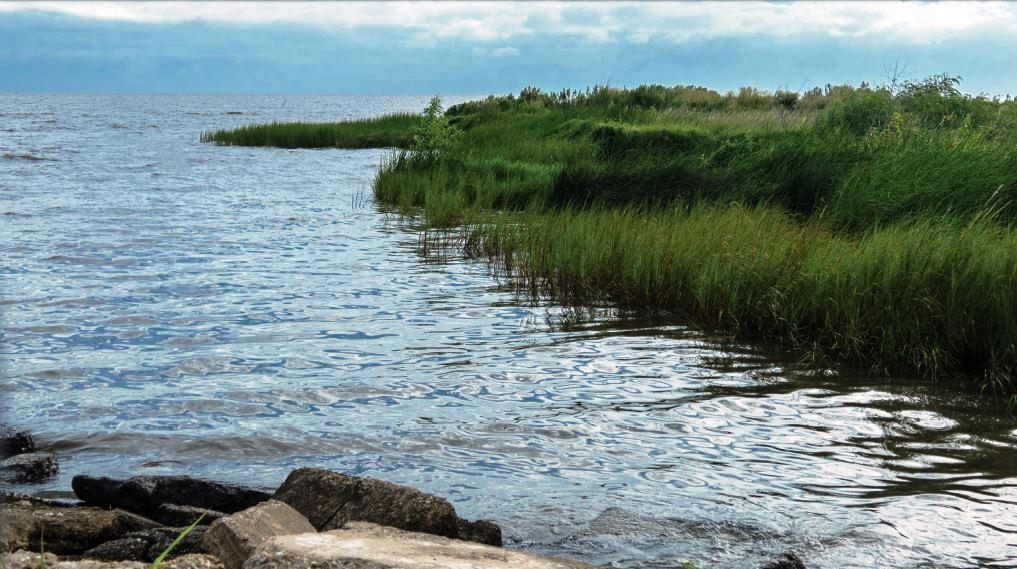A new tool called environmental impact bonds could help the state of Louisiana—and other coastal areas dealing with land loss and sea level rise—restore its rapidly-disappearing coast faster, better and for less money, according to a new report released on August 14. 2018 by the Environmental Defense Fund (EDF) and Quantified Ventures.
Louisiana has lost nearly 2,000 square miles of land since the 1930s and will lose an additional 4,000 square miles over the next 50 years if nothing is done. The state has a vision for restoring and protecting its coast through its $50-billion Coastal Master Plan, but it has identified only $9 billion to $12 billion of the funds needed to fully implement the plan. These capital needs put an absolute premium, over time, on the development of new sources of revenue and new means of delivering funds. This new study finds that utilizing environmental impact bonds, or EIBs, can help meet both of these needs.
EIBs are a pay-for-success debt financing tool in which bond repayment to investors is linked to the achievement of a desired environmental outcome – in this case, sustained wetlands that help curb land loss and provide risk reduction. EIBs can be scaled and replicated to support coastal resilience efforts across Louisiana and beyond to help areas coping with sea level rise, land loss and damaging storms.
“Using environmental impact bonds provides Louisiana the opportunity to put more capital to work now and to find new sources of capital,” said Steve Cochran, associate vice president for coastal resilience at EDF. “Those are great outcomes for Louisiana’s coastal communities and can provide a model for other coastal areas around the world.”
Environmental impact bonds would allow the state of Louisiana to use capital more efficiently by building wetland restoration projects sooner, involve local asset owners who benefit from wetland restoration projects, reward high-performing wetland projects and the contractors who build them, build an evidence base for the value of wetlands for reducing land loss, expand the range of possible coastal restoration financing tools, and be a leader in innovative financing.
“Environmental impact bonds can be a big time game changer for Louisiana’s disappearing coastline. This replicable EIB will have major implications for coastal restoration efforts around the world,” said Eric Lestinger, founder and CEO of Quantified Ventures.
In the study, EDF and Quantified Ventures designed a conceptual environmental impact bond transaction for a $40 million investment in a portion of the Belle Pass-Golden Meadow Marsh Creation project adjacent to Port Fourchon. This site was selected due to the port’s role in facilitating offshore oil and gas production, making it an ideal location for piloting the EIB and its multi-payor transaction concept.
“Environmental impact bonds provide the state of Louisiana with another outcome-based performance tool that can help us speed up coastal restoration while lowering costs and involving local partners in financing those efforts,” said Johnny Bradberry, the Louisiana Governor’s Executive Assistant for Coastal Activities. “This approach to bonding shows that CPRA is looking to innovate on all sides of our business: the projects, the procurement, and the financing.”
The report outlines the next steps Louisiana’s Coastal Protection and Restoration Authority (CPRA) and Coastal Protection and Restoration Financing Corporation would need to take to pilot an EIB, noting that many steps – including establishing credit rating, resolving any uses of Gulf oil spill funds and determining the bond’s tax-exempt status – are the same as those to pursue a more typically structured bond.
Featured photo courtesy of EDF.
Learn more about Environmental Impact Bonds here.
Read full “Financing resilient communities and coastlines” report here (PDF).

